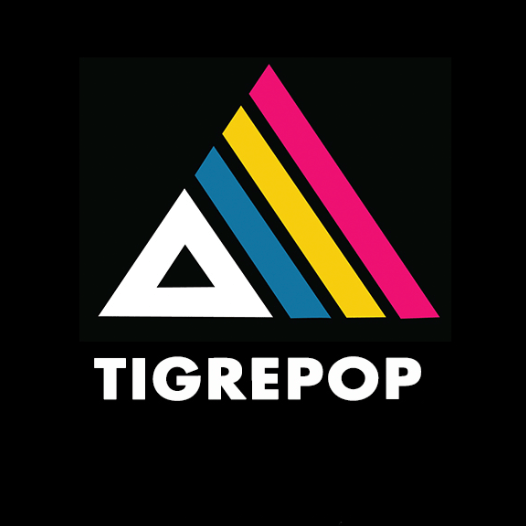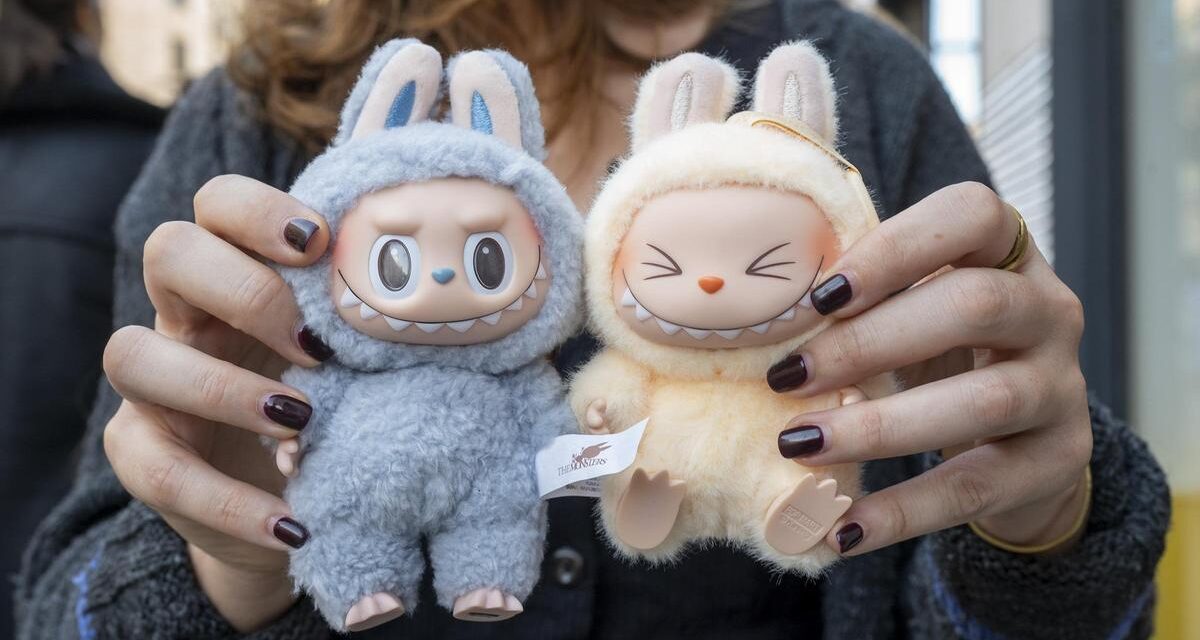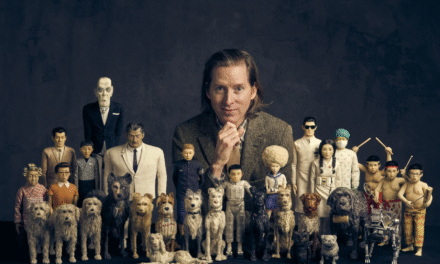If you’ve recently come across 5 cm little figurines on TikTok, you’ve probably thought: why is everyone so obsessed with these? From Labubu and Sonny Angels, to Ternurines, Molly, Dimoo, or even darker designer figures like Skullpanda, the world has gone crazy for mini collectibles. But behind each adorable face and tiny body, there’s a well-crafted industry that knows exactly how to hook us.
Marketing designed to make you want them all
It’s no coincidence these figures are everywhere. The brands behind them – like Pop Mart, Sonny Angel Company, or independent creators – have clear strategies: limited editions, collaborations with big licenses (like Wicked, One Piece, Hello Kitty), surprise drops, and above all: mystery.
The use of the blind box format (buying without knowing which figure you’ll get) creates excitement, frustration, curiosity… and the desire to keep buying. It’s like a mini emotional lottery where the prize is a cute character you’ll probably show off on Instagram or place proudly on your desk.
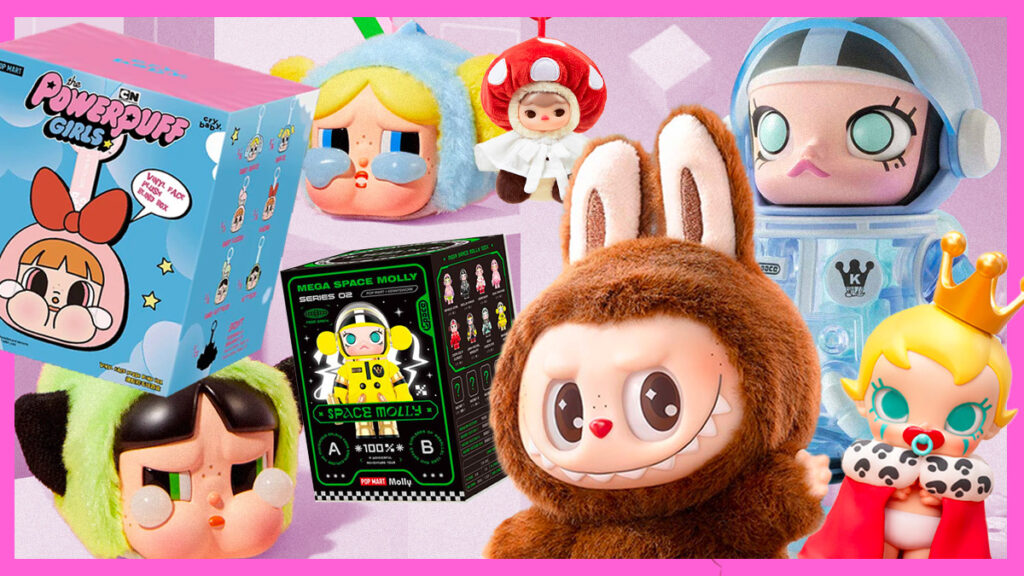
Virality + community = obsession
The reason these figures blow up on social media is simple: they’re aesthetically pleasing, easy to photograph, and packed with emotion. An unboxing can rack up millions of views because it combines the suspense of the unknown with the cuteness factor. Plus, since they’re small and (theoretically) affordable, anyone can start a collection and share it.
What starts as a single figure quickly turns into a community: users trading characters, explaining how to identify rare editions, or simply supporting each other emotionally with their “emotional support doll.”
Not just nostalgia: emotional design
A big part of these figures’ success comes from their ability to connect emotionally. They’re not random dolls – many represent emotions, moods, or human archetypes. There are figures that are sad, relaxed, sleepy, euphoric, or mysterious. We see ourselves reflected in them. Some people collect the figure that best represents their day; others use them as tiny good luck charms.
And then there’s the kawaii design, combining adorable proportions, pastel colors, and delicate details. It’s a formula rooted in Japanese aesthetics, but now mixed with global concepts and even fashion editorial influences.
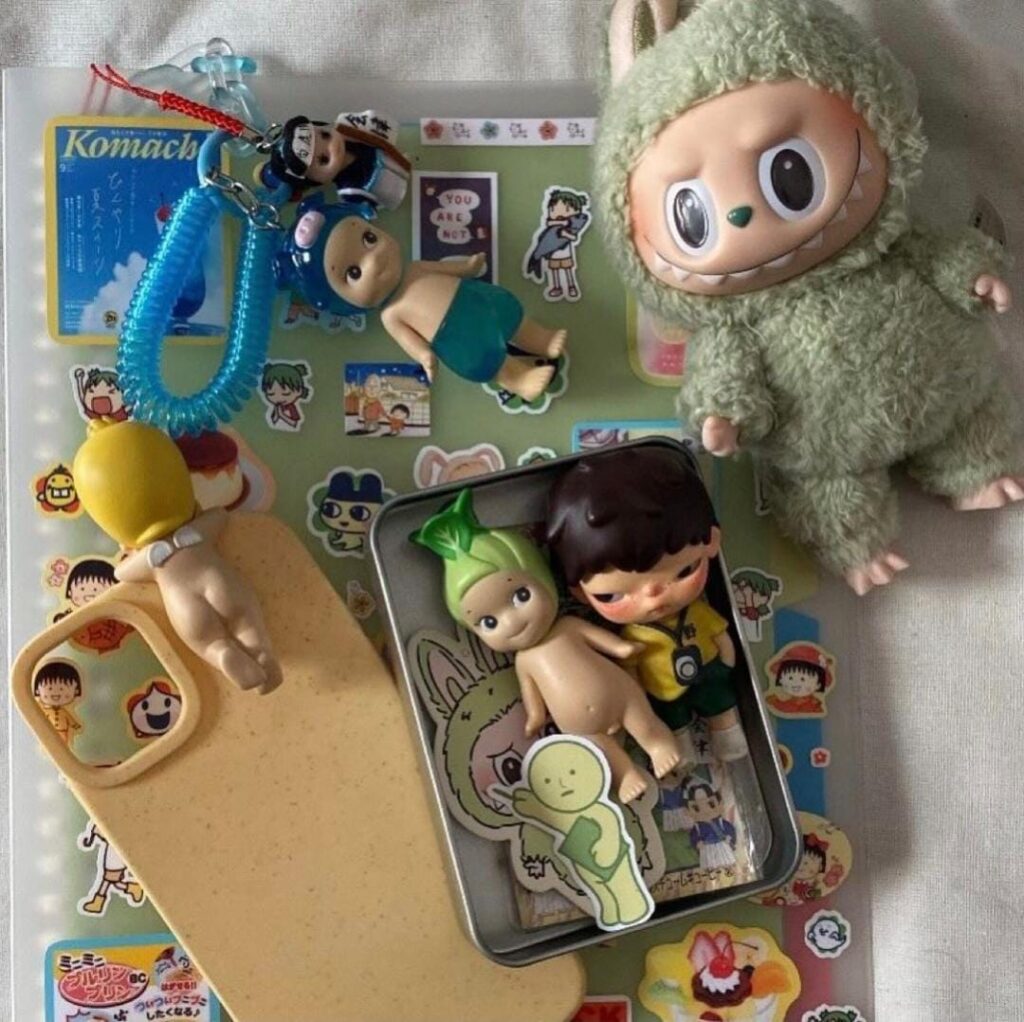
They’re not cheap… but they don’t need to be
At first glance, they might look like “little toys,” but many of these figures cost between 300 and 2,000 Mexican pesos each. Some special editions reach much higher resale prices. But that doesn’t stop fans.
Why? Because people don’t buy them out of necessity – they buy them for the connection. They represent a part of their personality or are part of their emotional space. They’re aspirational objects without being luxury – a kind of “accessible emotional luxury.”
“They’re just toys”… but you wouldn’t get it, auntie
For many adults outside the digital bubble, this phenomenon seems ridiculous: “Are you seriously spending money on little toys?” is a phrase every fan has heard. But what seems like a superficial trend actually has deeper layers. For those within collector culture, these figures aren’t just objects: they’re expression, aesthetics, identity, and community.
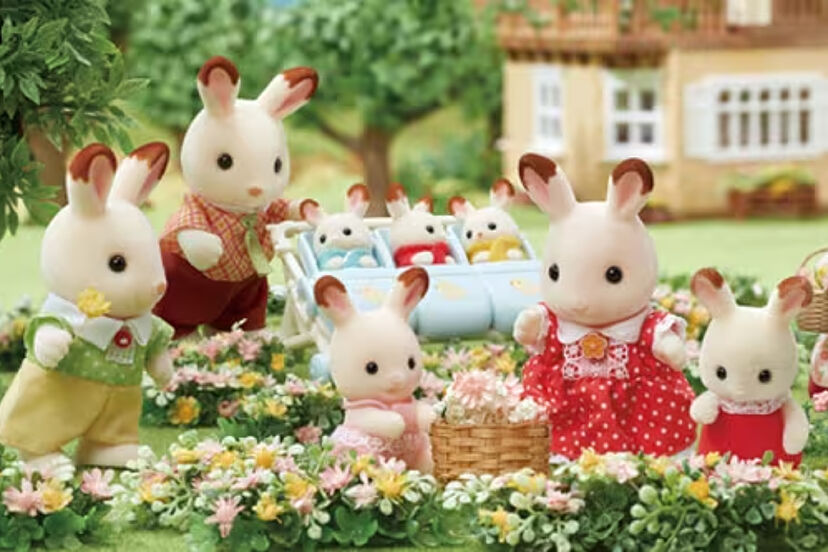
Collectible figures aren’t just a trend. They’re a reflection of what our generation loves today: aesthetics, emotion, shareability, and personalization. They speak to us in a language we understand without words – the language of design, emotion, and belonging.
So yes, having a Ternurín on your backpack or a Sonny Angel on your desk might seem simple. But behind that tiny figure, there’s a story of smart marketing, a vibrant community, and a universe of people looking to connect with something (or someone) that makes them smile… even if it’s in miniature.
Conoce un poco más del autor:
https://www.instagram.com/alxs._.mapl?igsh=MXVtYjlmYm1pbWR6dA%3D%3D&utm_source=qr
